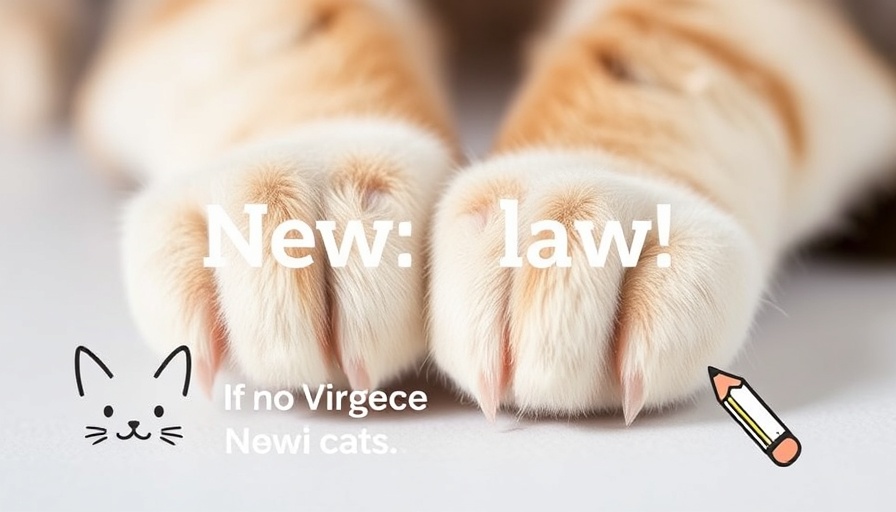
Understanding the Kitten Teething Experience
Welcoming a kitten into your home is a delightful adventure, bringing a mix of joy and occasional concern as owners navigate the unpredictable world of a young feline. One of the milestones in a kitten's early life includes teething, a natural process that, much like in human babies, can be both exciting and challenging. This phase, often riddled with signs of discomfort, is vital for their long-term health and well-being. As our furry companions transition from nursing to solid foods, understanding their teething journey is essential for ensuring their comfort and establishing a robust foundation for their dental health.
Phases of Teething: What to Expect
Kittens typically undergo two primary phases of teething: the eruption of baby teeth, followed by the transition to adult teeth. This process starts around two to four weeks old, when the first baby teeth emerge, helping the kitten begin the weaning process. By about three to six months, these baby teeth fall out and give way to a full set of adult teeth. Recognizing this timeline is crucial for pet owners; it allows for timely interventions should problems arise during this natural process.
Signs Your Kitten is Teething
As kittens transition through teething, they may exhibit certain behaviors that can be concerning to new cat parents. Common signs include increased chewing, drooling, bad breath, gum irritation, and even occasional bleeding. While these symptoms can be alarming, most will resolve as your kitten progresses through the teething stages. Keep a watchful eye on their behavior; if you notice prolonged symptoms like excessive bleeding or severe gum inflammation, consult with your veterinarian to rule out any serious issues.
Tips for Soothing Their Sore Gums
To aid your teething kitten, incorporate various soothing techniques that can alleviate discomfort and redirect their chewing behavior. Providing soft toys designed for teething or frozen washcloths can offer relief to their sore gums. Chewable dental treats can also serve a dual purpose—helping manage oral health while engaging the kitten's natural desire to chew. For many pet owners, the challenge remains keeping unwanted objects safe from those sharp little teeth! Regular interactive play also channels their energy and helps mitigate destructive chewing.
Nutrition Matters: Adjusting Diet During Teething
During this critical phase, a kitten's diet may need adjustments to better suit their sensitive mouths. In many cases, transitioning to wet food can ease their discomfort and make mealtime more enjoyable. Not only does switching to softer food provide instant relief, but it also offers long-term health benefits, such as improved hydration and enhanced protein intake, essential for their rapid growth and development.
Importance of Early Dental Care
Just like early childhood dental visits are recommended for humans, starting dental care for your kitten is equally important. Introduce gentle brushing as part of their grooming routine and schedule veterinary check-ups early on. This proactive approach helps prevent complications, such as misalignment of bite and gum disease, paving the way for a lifetime of healthy dental habits. Regular dental check-ups can catch any emerging issues early, allowing for effective interventions before they escalate.
Creating a Positive Teething Journey
In conclusion, understanding the teething journey of your kitten irons out potential worries that new pet owners might encounter. By being aware of their teething phases, recognizing common symptoms, and implementing protective measures and supportive strategies, you can foster both their comfort and health during this developmental stage. Regular dental care will not only ease this transition but also instill habits beneficial to their lifelong oral health. As they transition from playful kittens to possibly grumpier cats, the groundwork you establish now will lead to a happier, healthier, and well-adjusted furry companion.
Embrace this unique time with your kitten, and remember, each chewed shoe or misplaced scratch is a sign of the journey your little friend is making toward a bright and playful future!
 Add Row
Add Row  Add
Add 




Write A Comment